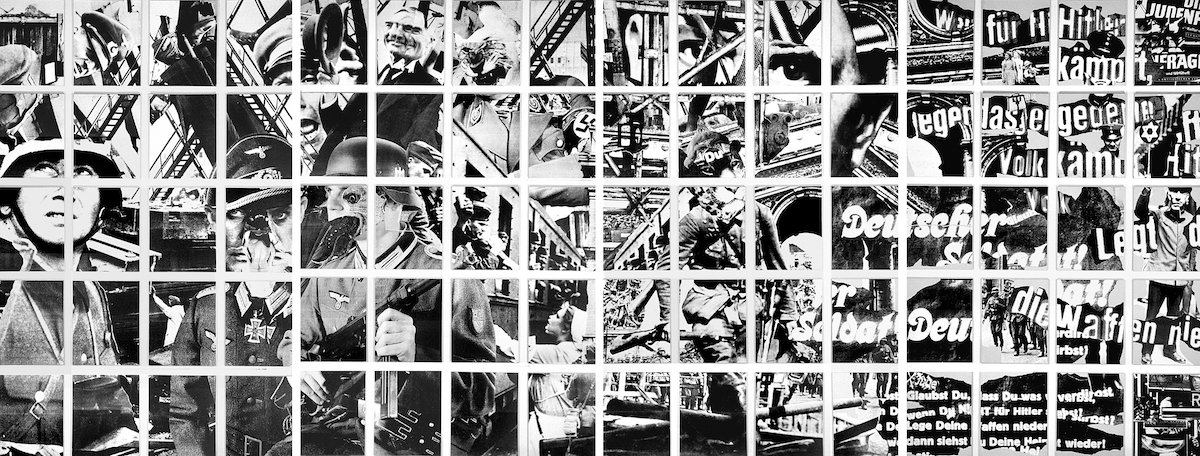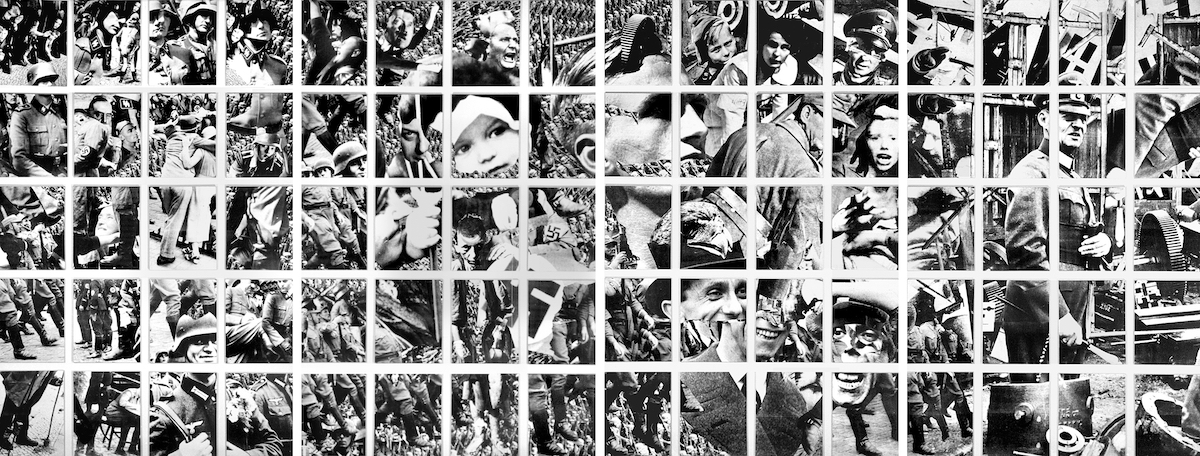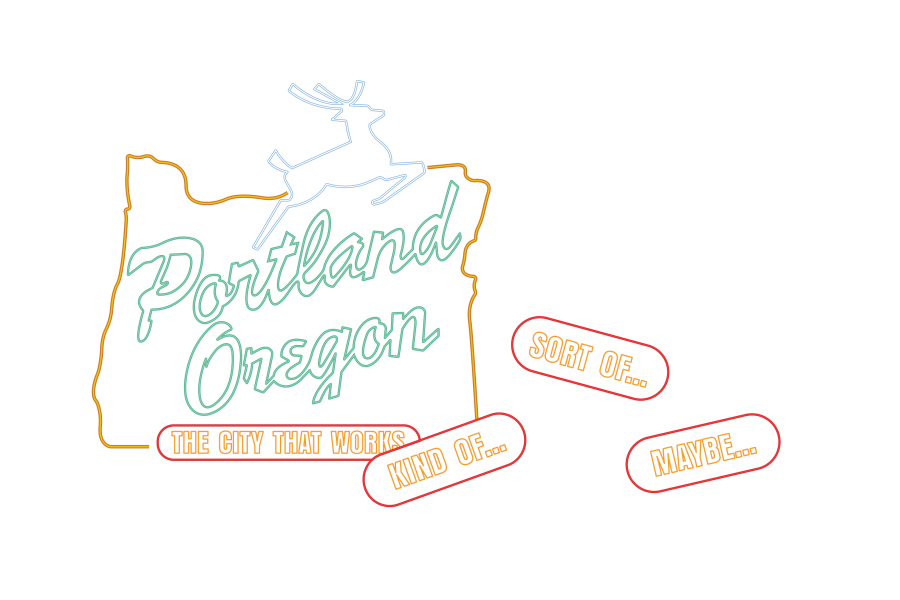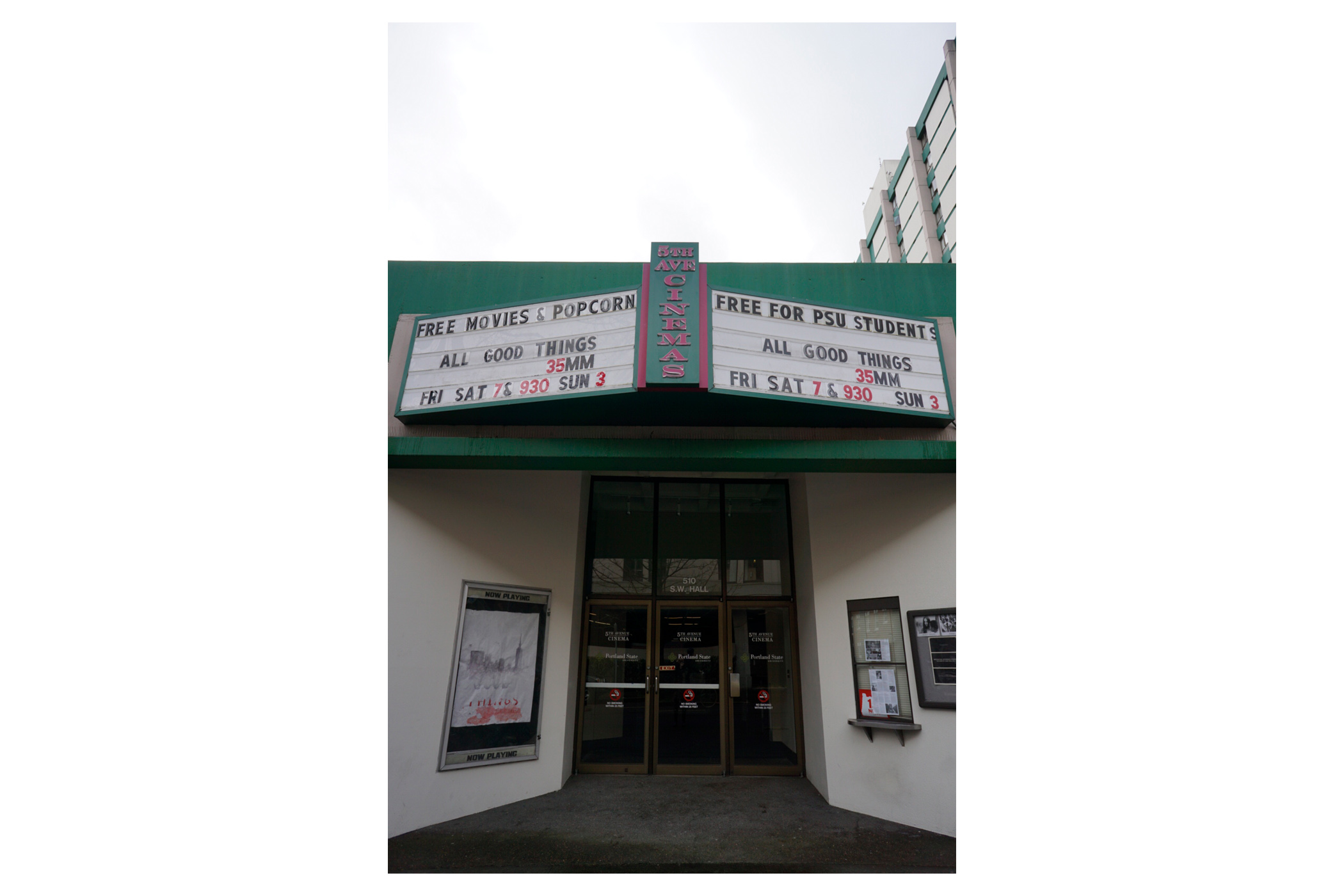Post-World War II, the United States has made a point to educate its citizenry about the egregious violence that was the Holocaust. First-hand accounts of Nazi brutality appear in the literature of our public schools, graphic depictions in our media and vivid retellings in our museums. So yes, as a culture we remember. However, if we stand by and silently observe how patterns of racial violence, tyrannical warfare and sociopolitical injustice continue to repeat themselves in the modern day, some would argue that this would be an offense to memory.
In his momentous artistic creation titled Die Plage (The Plague), American-Jewish artist and composer Harley Gaber (1943-2011) depicted the Holocaust as a medium to meditate on our responsibility beyond passive remembrance.
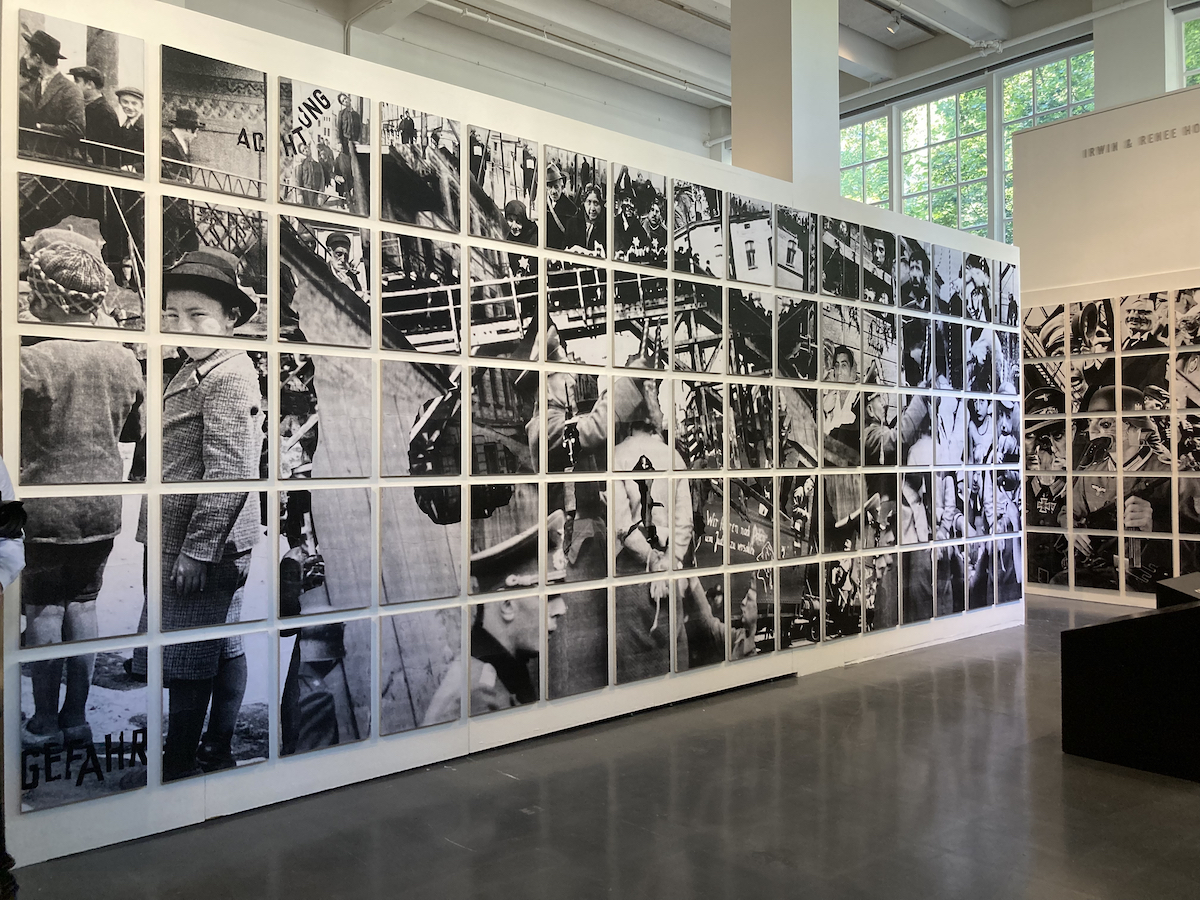
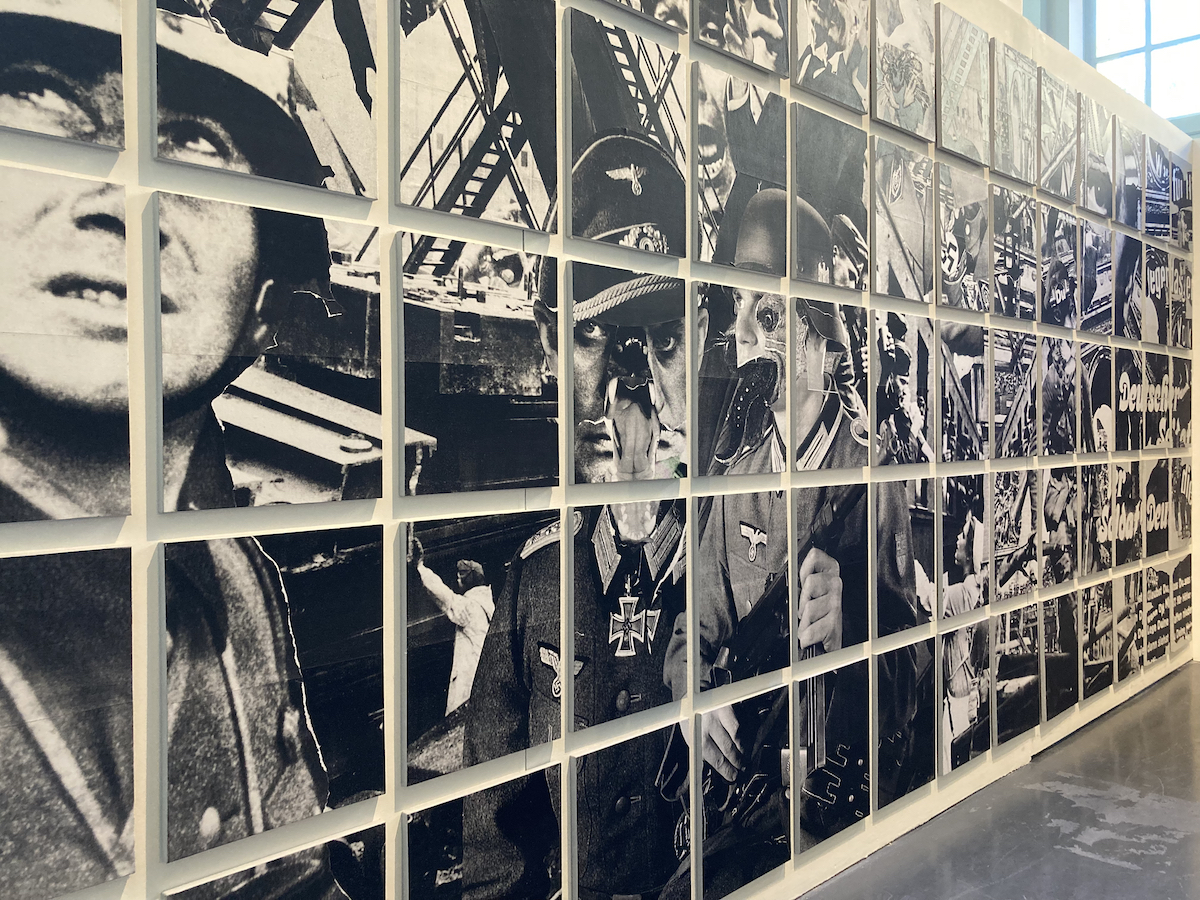
October 2022 marks the first exhibition of this piece in over 20 years, and it is being displayed now through Jan. 29, 2023 in Oregon’s Jewish Museum and Center for Holocaust Education (OJMCHE).
Die Plage is a monumental photomontage comprised of images Gaber collected for years from various sources—books and magazines, German and U.S. archives, propaganda campaigns and artistic borrowings. Untouched by Photoshop, the resulting collage is the culmination of nearly a decade of artistic composition. The selection and placement of the images—layering, juxtaposition, repetition and such—present us with a vivid history of human suffering, innocence, nationalism and displacement.
OJMCHE will display approximately 300 of the 4,200 panels that make up Die Plage. Though selected with young viewers in mind, it is critical not to underestimate the poignant tragedy depicted in these panels. Judy Margles, executive director of OJMCHE, expressed this sentiment. “I don’t think you’ll be able to walk through this exhibition without being profoundly disturbed,” she said.
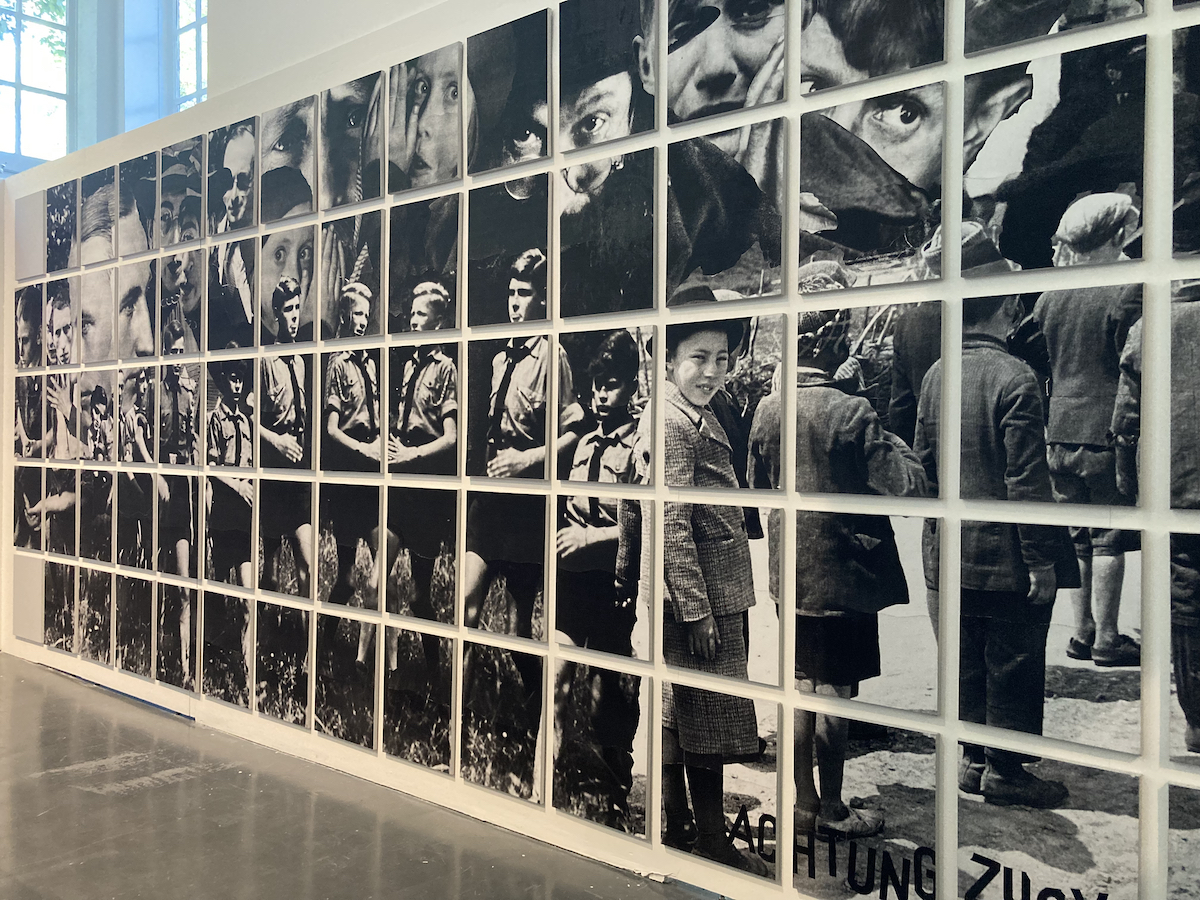
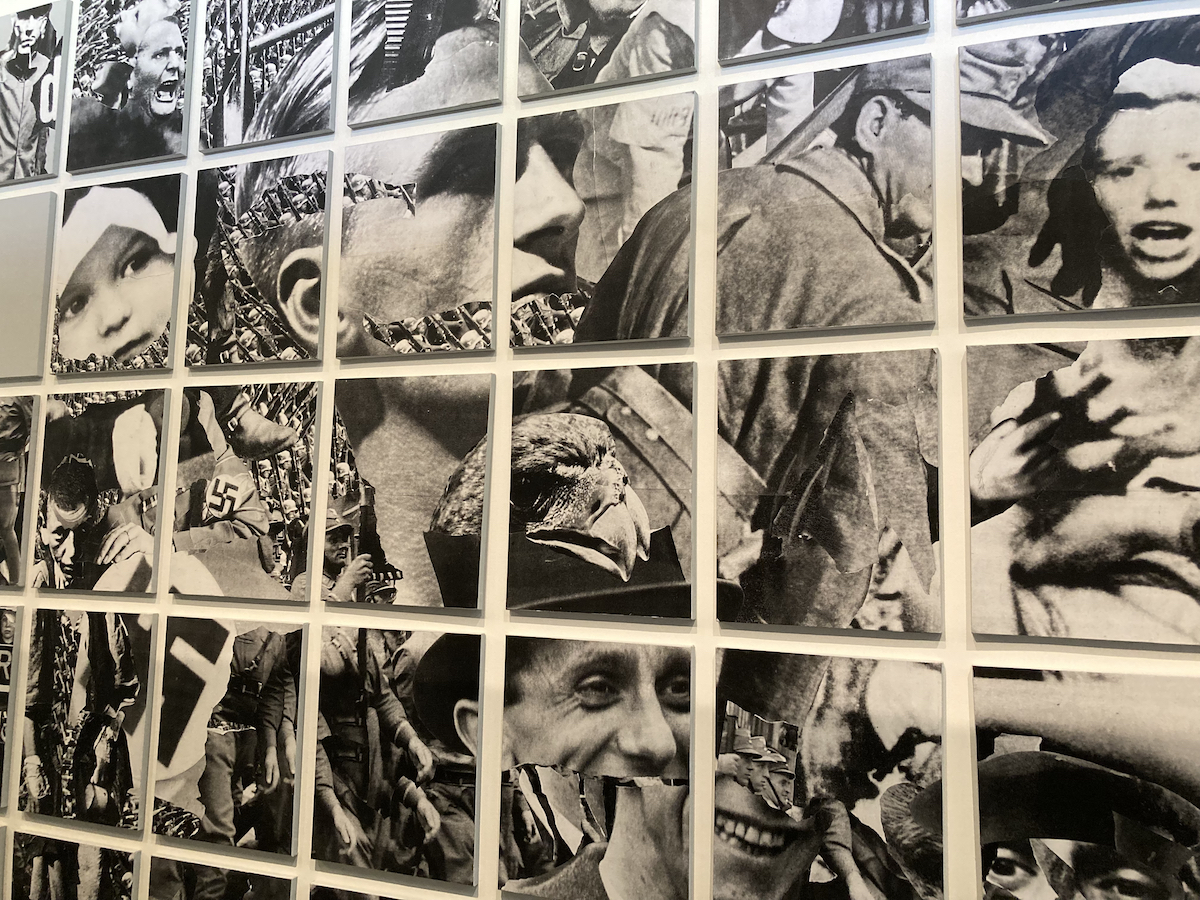
Nonetheless, this horrific imagery stands as a testament to historical truth. OJMCHE conveys the significance of a piece such as this by displaying the following statement, which was also read aloud by Margles during a recent media preview. “We study the Holocaust to examine our connections to each other,” Margles read. “We can further ask the question: in an interconnected world where injustice persists on a grand scale, how might knowledge of this atrocity contribute to our understanding of our responsibilities to one another?”
Indeed, Die Plage is simultaneously an agent for introspection and a call to action. Gaber’s close family friend, Steve Rees, adopted another interpretation of Die Plage. “The reductionist idea—the impulse to say there’s good guys, there’s bad guys, there’s people who suffer, there’s people who impose suffering—this was not Harley’s view,” Rees said. “Harley was grabbing people with this work and saying: I’m gonna argue with you that this is far more mutable than this, that we have bad guys in us and we have good guys in us, and history will give us opportunities to choose to act.”
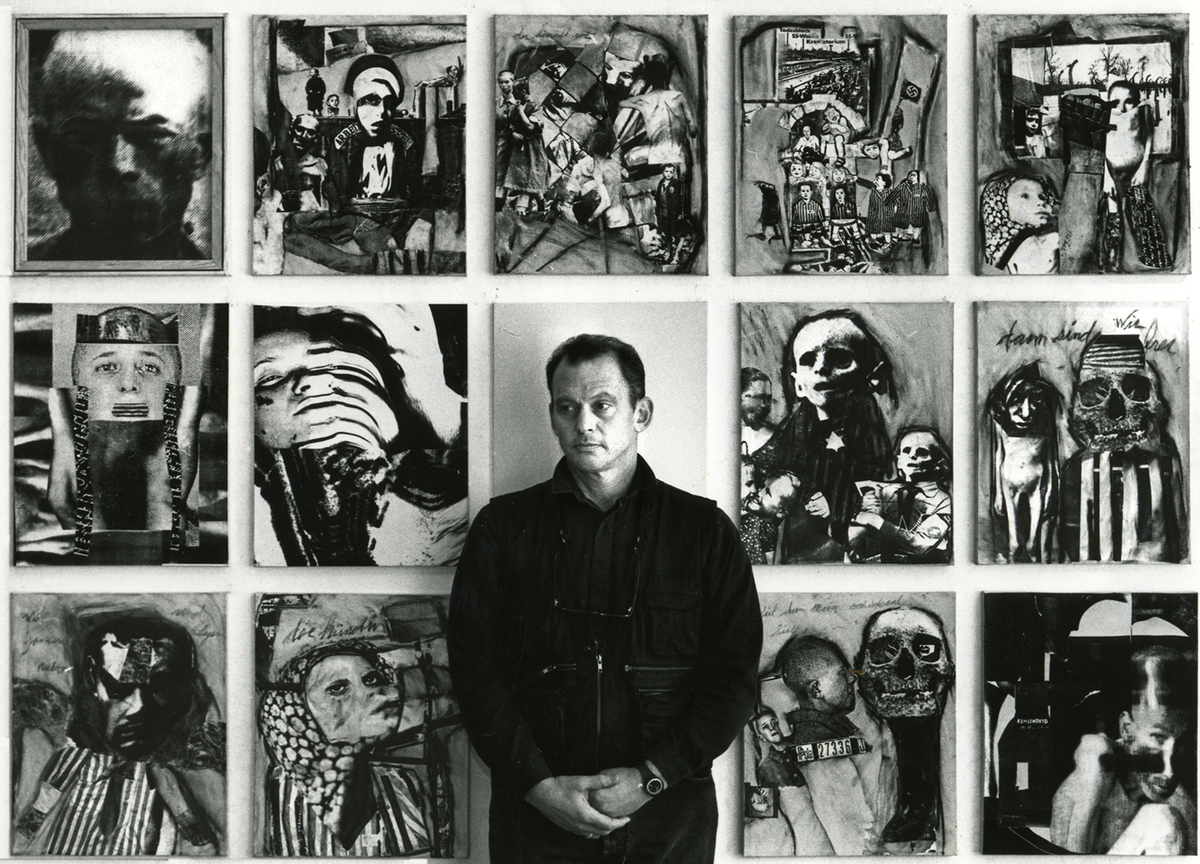
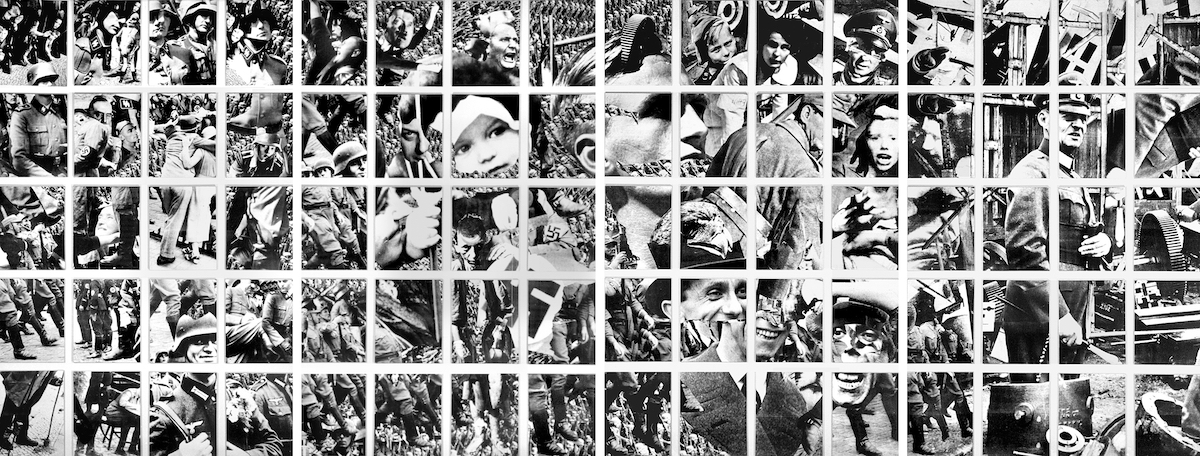
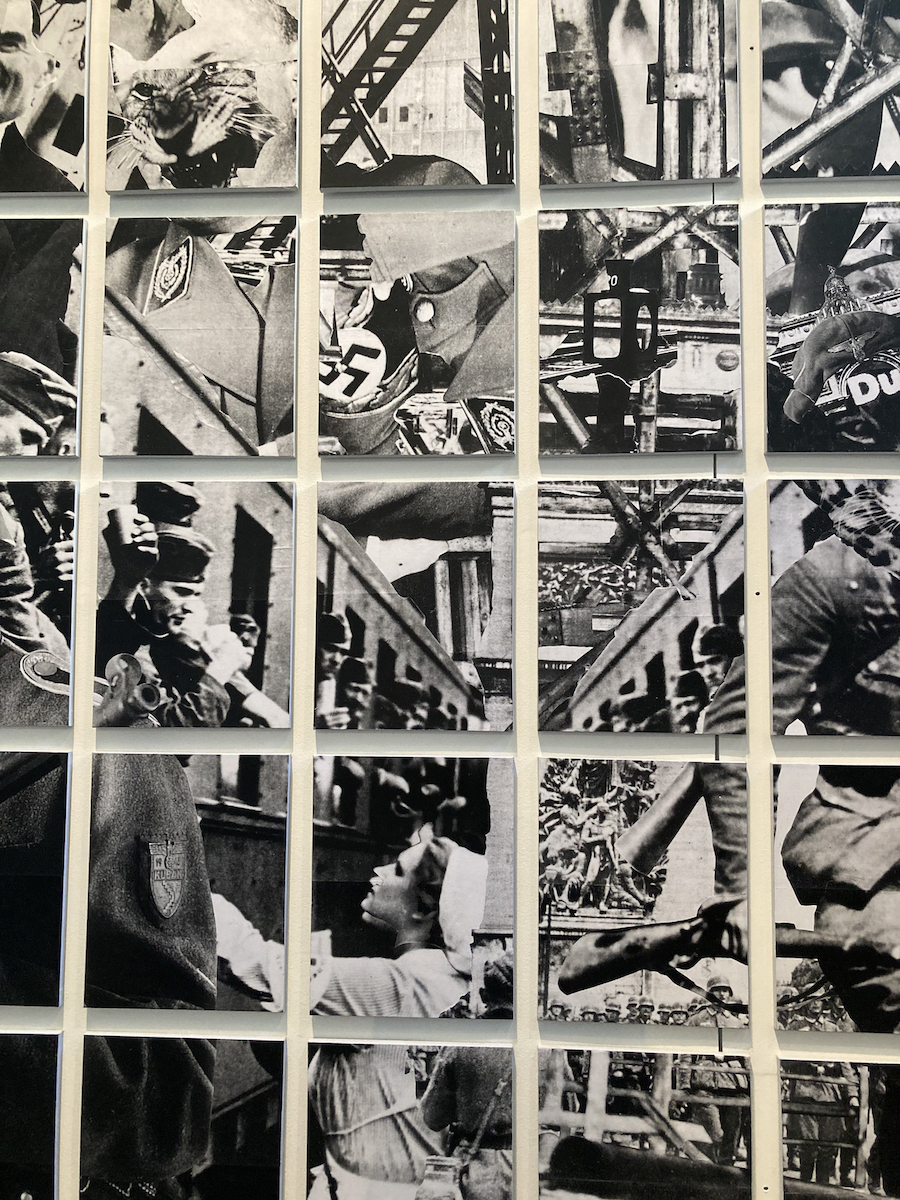
These principles are timeless ruminations across humanity, yet examining such questions in the context of the Holocaust is in some ways restrictive. Melissa Yaverbaum, guest curator and executive director of the Council of American Jewish Museums, expanded on the idea that survivors of that genocide dwindle in number. Yaverbaum pointed out that we will soon be arriving at a point where there will be “no primary witnesses to these events… those that are interested will be the next custodians.”
“Just like Harley was from an American Jewish point of view, making sense of his own way, we will also be responsible to make sense of it in our way,” she said.
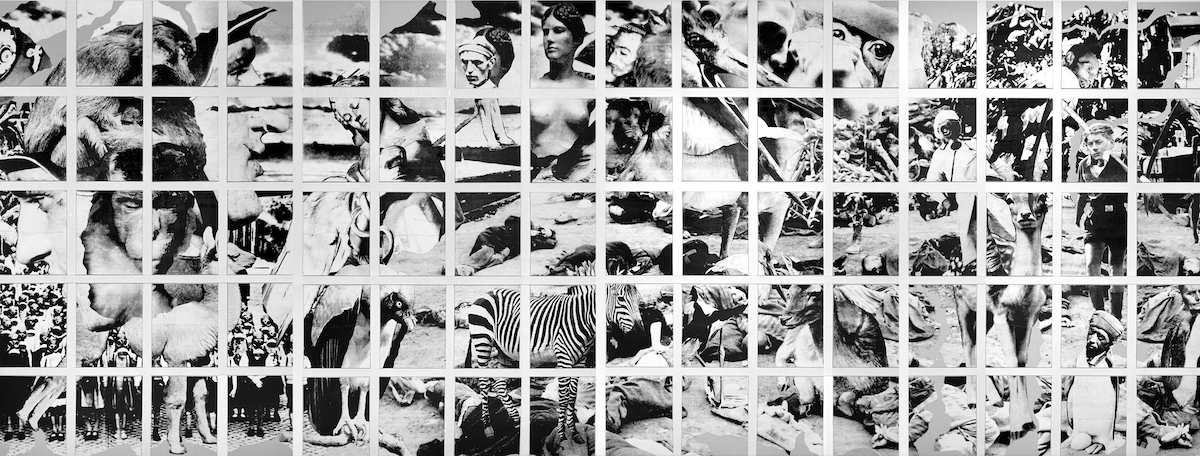
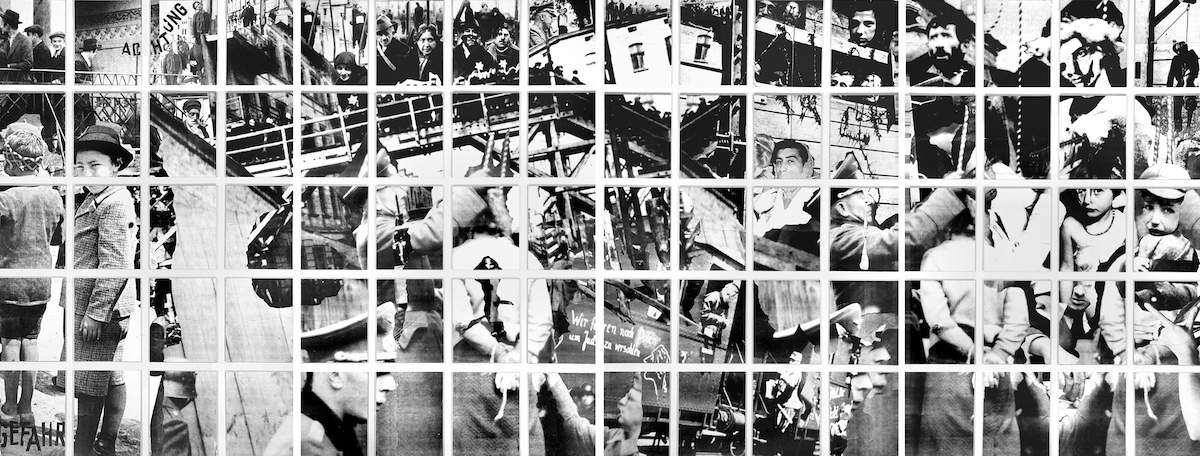
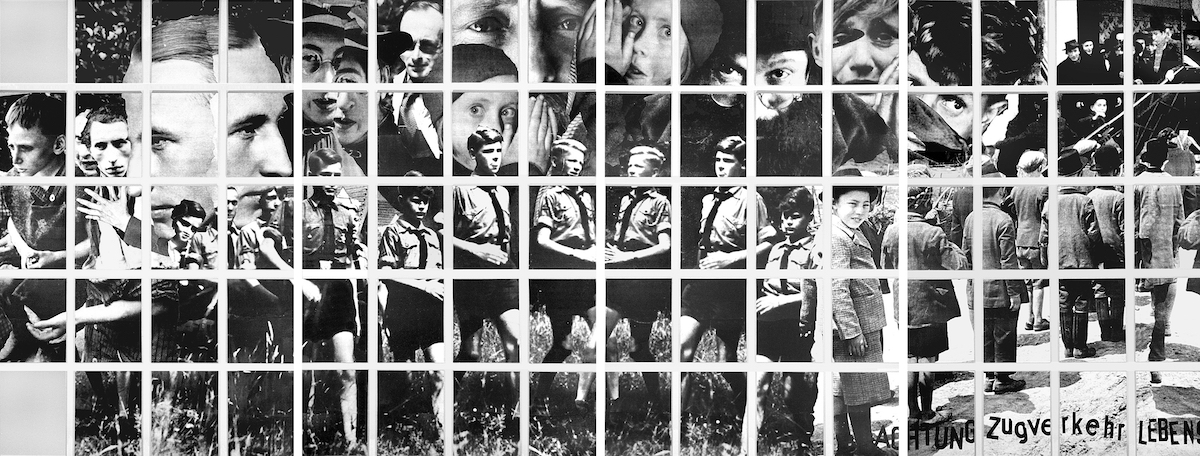
Die Plage suggests that each of us must consider our responsibilities as custodians of our inherited history and become active participants in ensuring a peaceful future. Gaber himself described the piece as “a warning that if and when a culture allows itself to be built on a foundation of silencing individuals and their personally unique thoughts in favor of an expedient collective goal, everyone will be made to suffer.”
